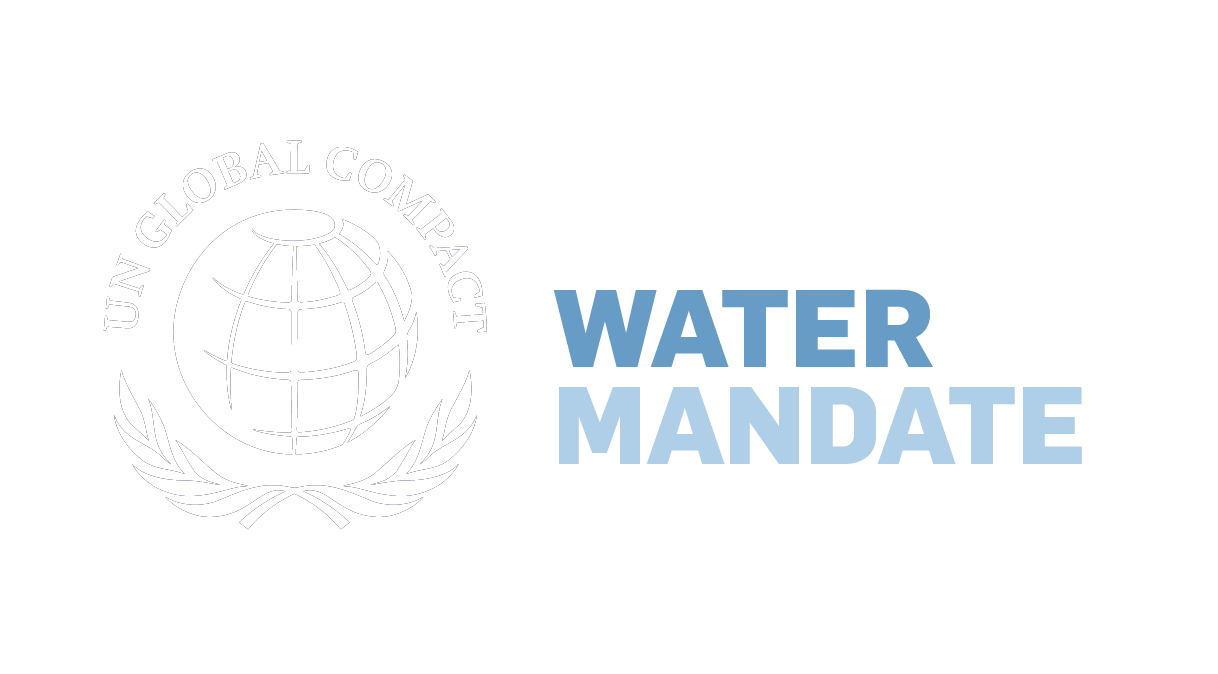There is a need for significant action by all parts of society, including the private sector, to curtail greenhouse gas emissions. At the same time, there is the recognition that climate impacts are inevitable, meaning adaptation actions are also required. For companies to adapt and build resilience in a changing climate, they will need to adequately manage the impacts of a changing climate, including the availability of good quality water resources.
| Climate adaptation: specific actions undertaken to respond to or prepare for particular climate impacts. Adaptation can lead to climate resilience. |
| Climate resilience: the ability to recover from and/or resist a deviation, shock, or stressor by bouncing back with transformation. |
| Water resilience: the ability of freshwater systems to persist, adapt and transform to sustain coherent function under change.[efn_note]Adapted from Boltz et al., “Water is a master variable,” 1-7.[/efn_note] |
Climate change adaptation seeks to lower companies’ risks, and also presents opportunities. There are three broad types of opportunities related to physical climate change impacts: managing existing physical climate risks; responding to emerging physical climate risks; and adapting to market shifts driven by physical impacts and catering to any resulting new market needs.[efn_note]European Bank for Reconstruction and Development, Advancing TCFD guidance on physical climate risks and opportunities, 2018. www.physicalclimaterisk.com.[/efn_note] To illustrate this, 225 of the 500 biggest companies reported climate-related opportunities totalling over US$2.1 trillion dollars.[efn_note]CDP, Major risk or rosy opportunity. Are companies ready for climate change, 2019. https://www.cdp.net/en/research/global-reports/global-climate-change-report-2018/climate-report-risks-and-opportunities.[/efn_note]
Publication of the Financial Stability Board Taskforce’s guidance on climate-related financial disclosure in 2017 has had a positive impact on the private sectors’ approach to climate risk assessment and disclosure.[efn_note]TCFD, TCFD: Status Report, June 2019.[/efn_note] Nonetheless, several “blind spots” around corporate climate adaptation exist, including:
- Risks relating to the transition to a lower carbon economy (referred to as transition risks) receive greater scrutiny than the physical risks of climate change.[efn_note]Goldstein et al., “The private sector’s climate change risk,” 18-25.[/efn_note] In recognition of the advance disclosure practice, the European Bank for Reconstruction and Development released further guidance for companies to improve their approach to assessing and disclosing information related to the physical risks of climate change.[efn_note]CDP, Major risk or rosy opportunity. Are companies ready for climate change, 2019. https://www.cdp.net/en/research/global-reports/global-climate-change-report-2018/climate-report-risks-and-opportunities.[/efn_note]
- Of the physical risks of climate change disclosed in the 2018 CDP data, around 70% were considered direct, just over 20% were expected to occur in the company’s supply chains, and less than 10% could affect their customers, suggesting that companies may be less familiar with the ways in which their supply chains may be affected.[efn_note]CDP, Major risk or rosy opportunity.[/efn_note]
- Adaptation actions adopted by companies to manage physical climate risks are predominantly soft in nature, with a focus on planning and de-risking processes. Hard adaptation approaches (i.e., capital investments in technology or engineered infrastructure) are the next most common, with ecosystem-based approaches (the sustainable management, conservation and restoration of ecosystems) rarely used.[efn_note]Goldstein et al., “The private sector’s climate change risk,” 18-25.[/efn_note]
Adaptation to water-related climate risks will require dramatic improvements in the efficiency of water use, the elimination of pollution in order to ensure the water remaining in the catchment is safe to use, investments in healthy catchments and water infrastructure, support for adaptive water governance, and the strengthening of the adaptive capacity of local communities. Potential business benefits of strengthening the capacity of local communities include avoidance of company-community conflict over access to water and other natural resources, and ensuring the health and safety of their workforce.[efn_note]Red Cross Red Crescent Climate Centre, Companies and Climate Resilience: Mobilizing the power of the private sector to address climate risks, 2019.[/efn_note]
